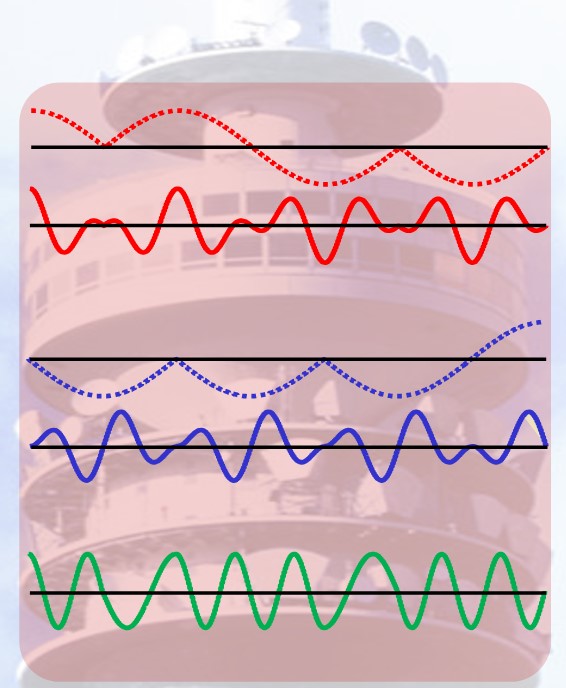The course is an introductory one on digital communications, with two main subject areas: digital modulations (ASK, PSK, QAM, FSK, MSK, OFDM) and channel coding (linear block codes). For each of the topics it deals with, a concise theory is presented as well as elaborated simulation examples on the MATLAB platform, which form the basis of the students' laboratory practice. The subject matter of the course can be seen in detail in the description of the individual UNITS.
Description : el:"Το μάθημα είναι εισαγωγικό στις ψηφιακές επικοινωνίες, με δύο βασικά θεματικά πεδία: τις ψηφιακές διαμορφώσεις (ASK, PSK, QAM, FSK, MSK, OFDM) και την κωδικοποίηση διαύλου (γραμμικούς τμηματικούς κώδικες). Για καθένα από τα θέματα που πραγματεύεται παρουσιάζεται συνοπτική θεωρία καθώς και επεξεργασμένα παραδείγματα εξομοίωσης στην πλατφόρμα MATLAB, τα οποία αποτελούν τη βάση της εργαστηριακής εξάσκησης των φοιτητών. Στο παράρτημα παρέχεται εκπαιδευτικό υλικό για την εξοικείωση του σπουδαστή με τα εργαλεία MATLAB. Αναλυτικά η θεματολογί α του μαθήματος φαίνεται στην περιγραφή των επί μέρους ΕΝΟΤΗΤΩΝ.";en: "The course is an introductory one on digital communications, with two main subject areas: digital modulations (ASK, PSK, QAM, FSK, MSK, OFDM) and channel coding (linear block codes). For each of the topics it deals with, a concise theory is presented as well as elaborated simulation examples on the MATLAB platform, which form the basis of the students' laboratory practice. The subject matter of the course can be seen in detail in the description of the individual UNITS. "
Credits/ECTS : 6
Course Outcome : el:"1. Βασικές γνώσεις στην ψηφιακή μετάδοση, και την κωδικοποίηση διαύλου. 2. Επιλογή συστήματος ψηφιακής μετάδοσης σε συγκεκριμένο δίαυλο. 3. Εξομοίωση συστημάτων ψηφιακής μετάδοσης και εκτίμηση της επίδοσης.";en:"1. Basic knowledge in digital transmission, and channel coding. 2. Selection of a digital transmission system on a specific channel. 3. Simulation of digital transmission systems and performance evaluation.";
Program it belongs to : Undergraduate Study Program of ECE@NTUA
Course Type: Compulsory or Selective : Compulsory/Selective
Course Type: Core or Specialization : Specialization
StudyLoad : en: "2 theory; 2 practice; 4 homestudy"; el: " 2 θεωρία, 2 ασκήσεις, 2 μελέτη"
Hours Per Week : 4

